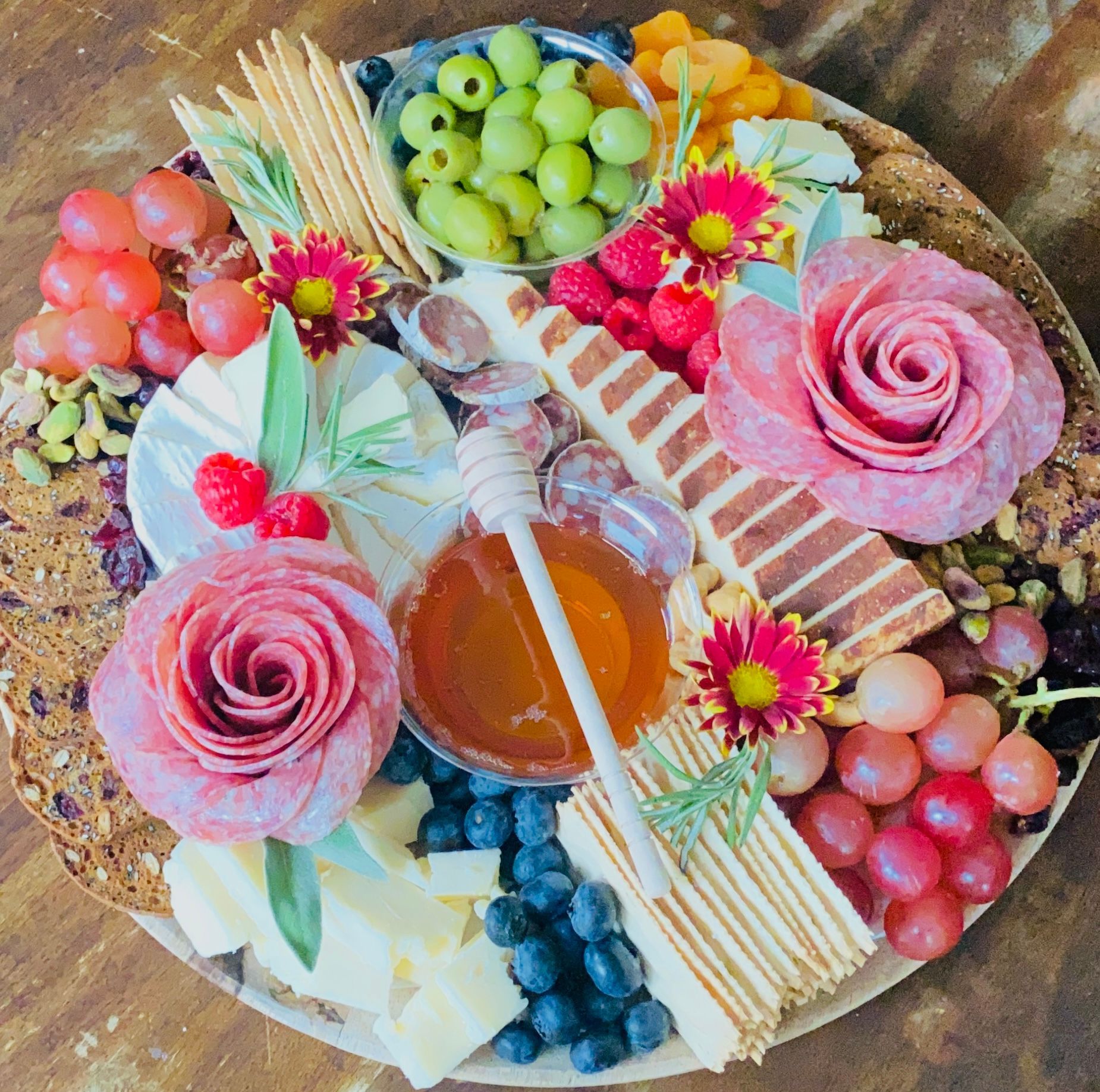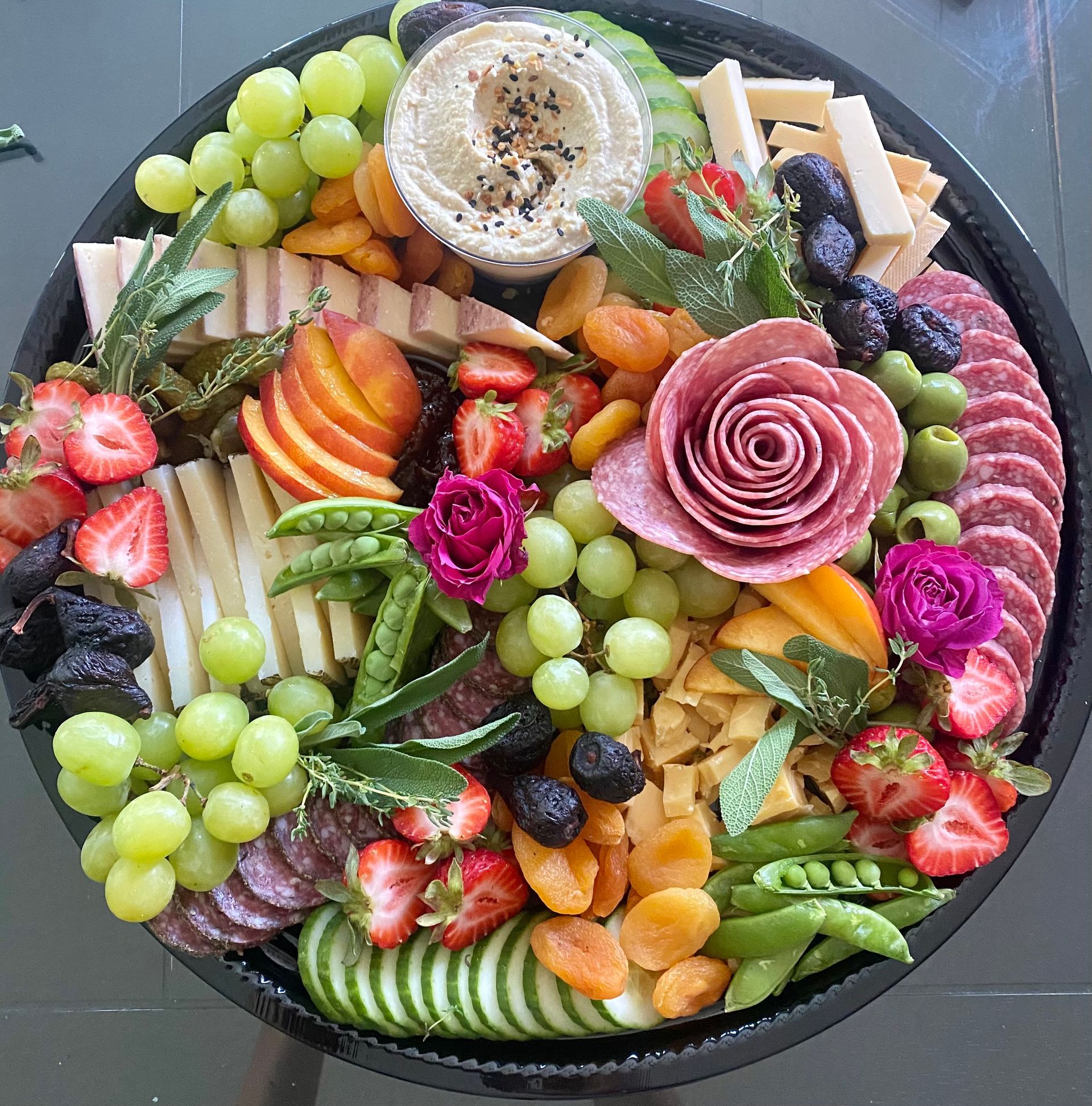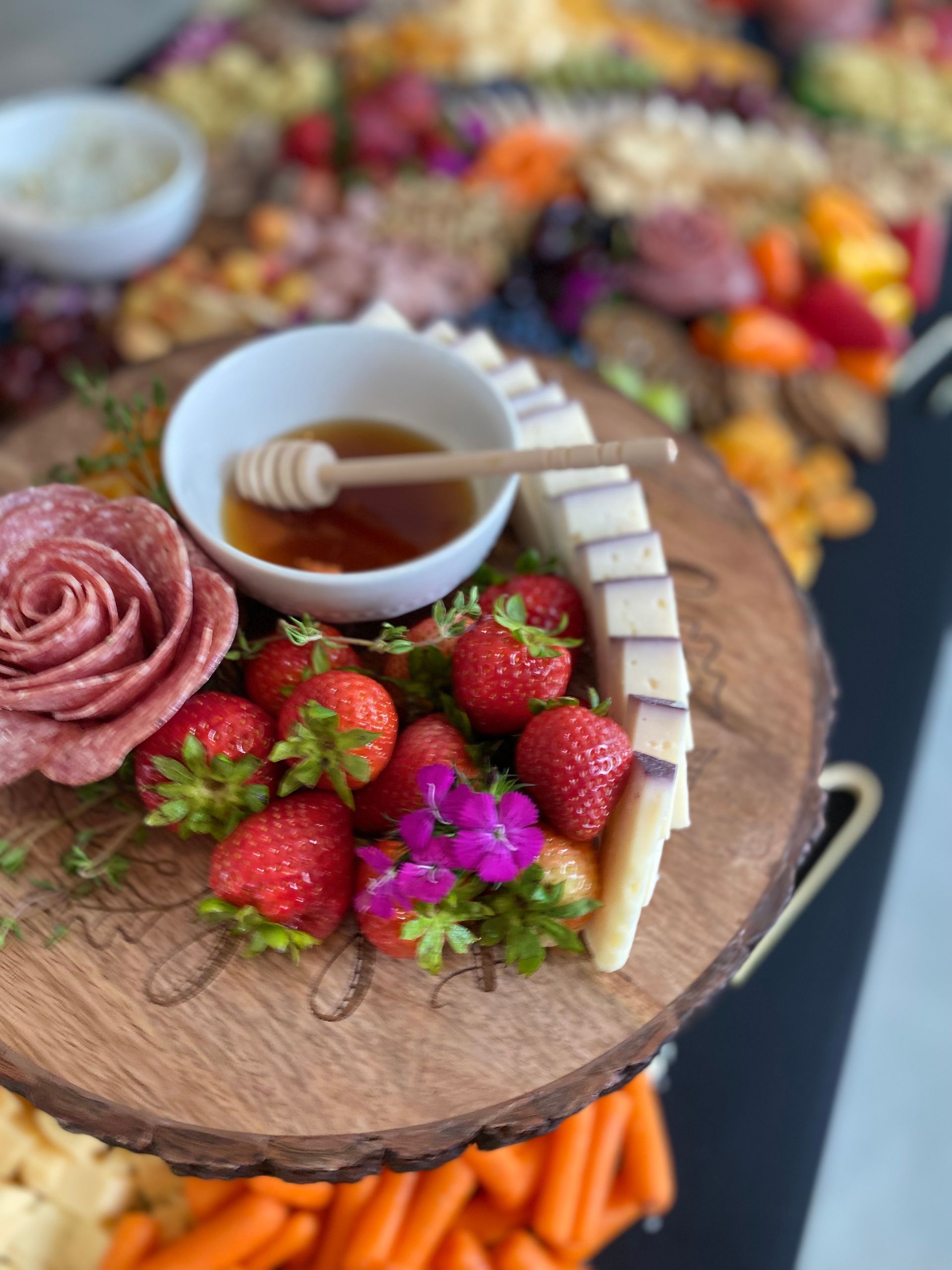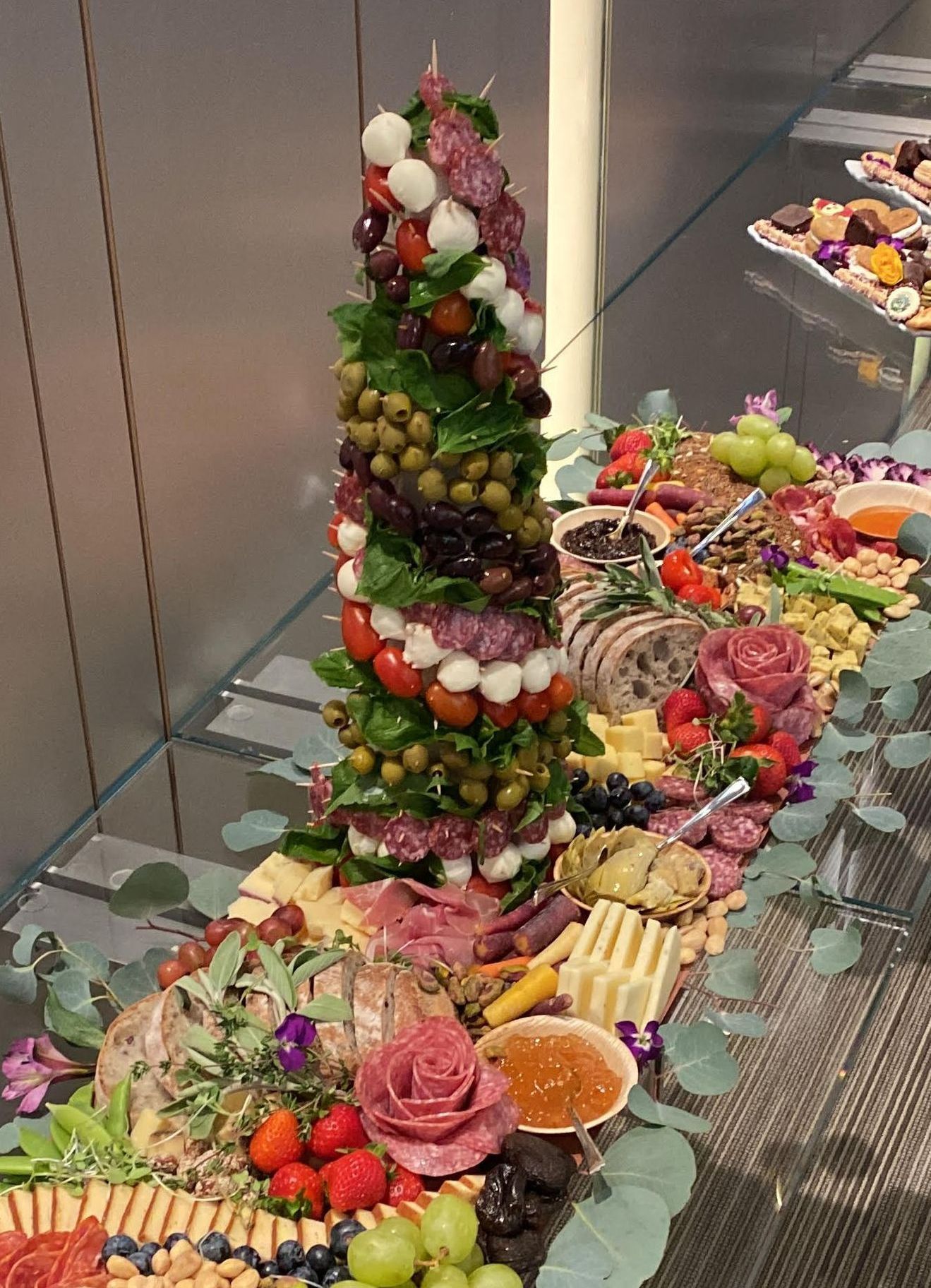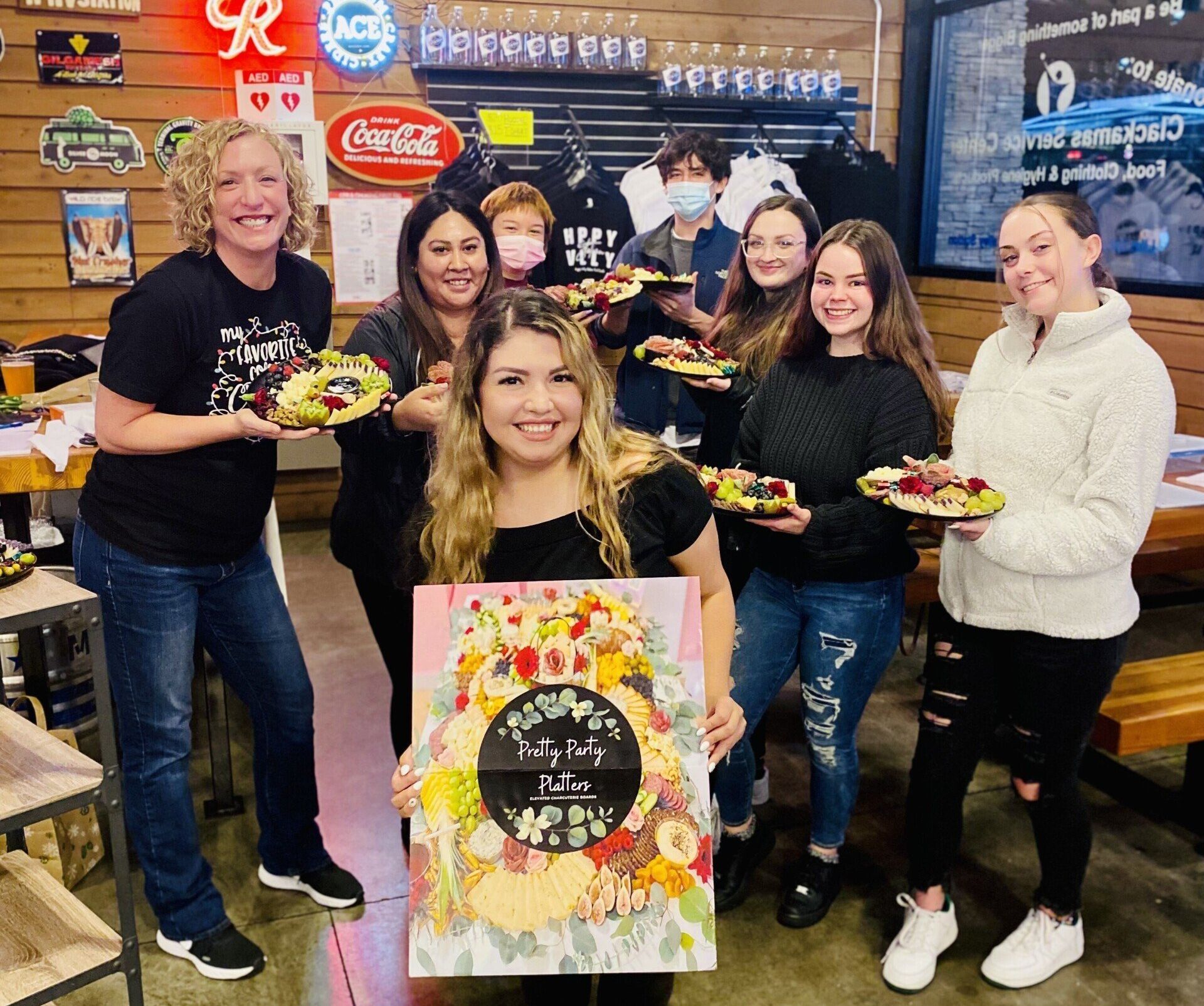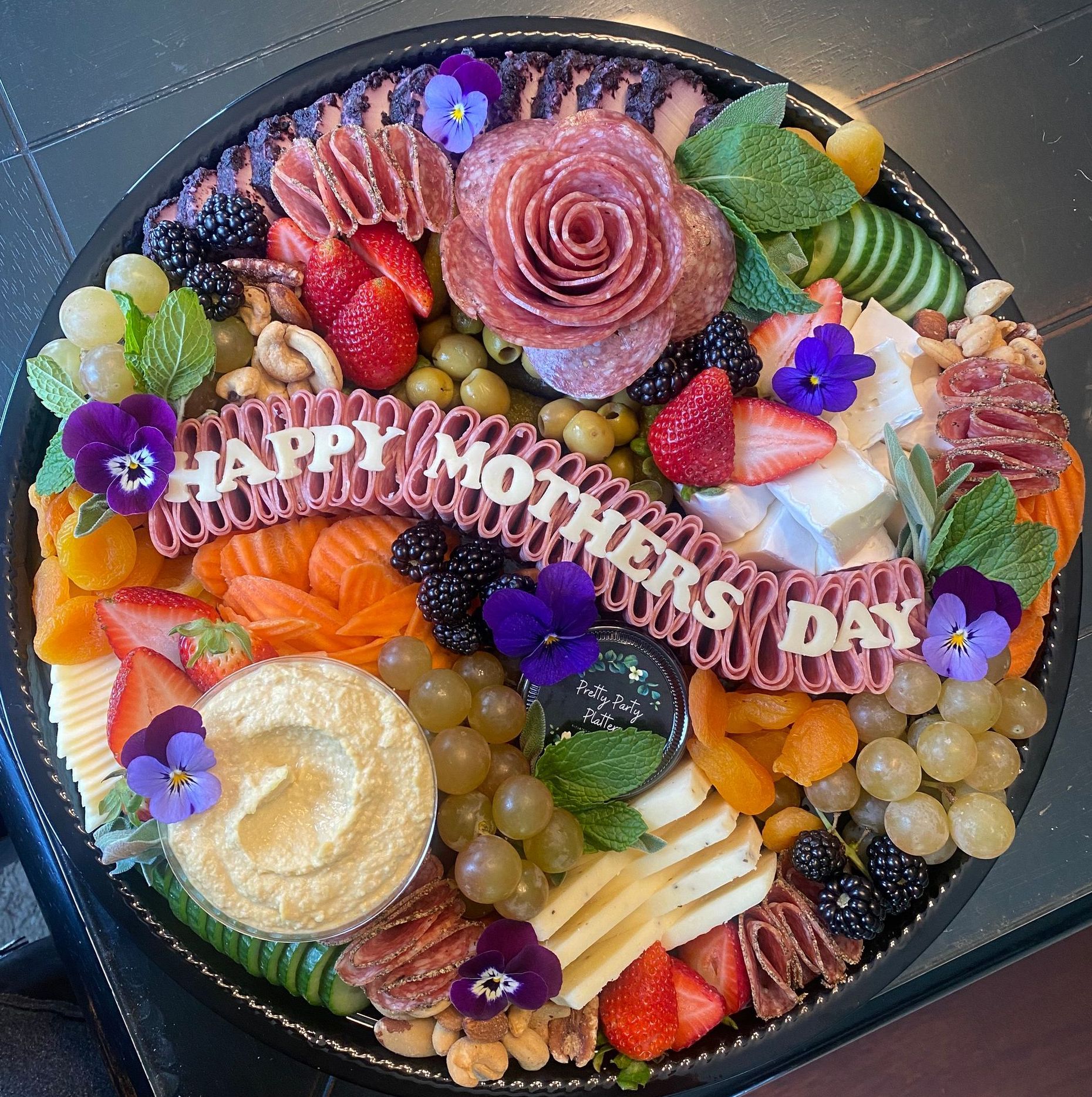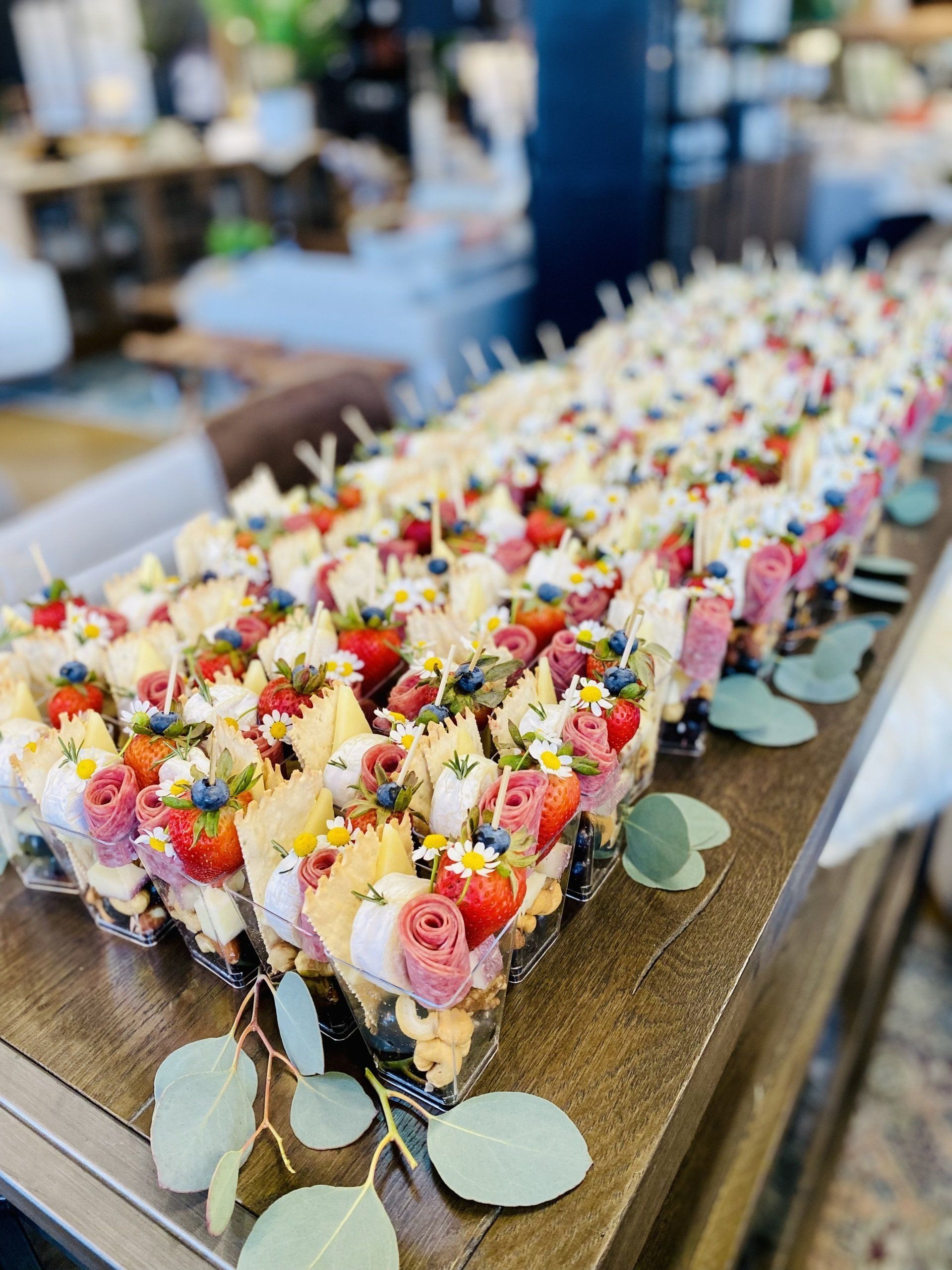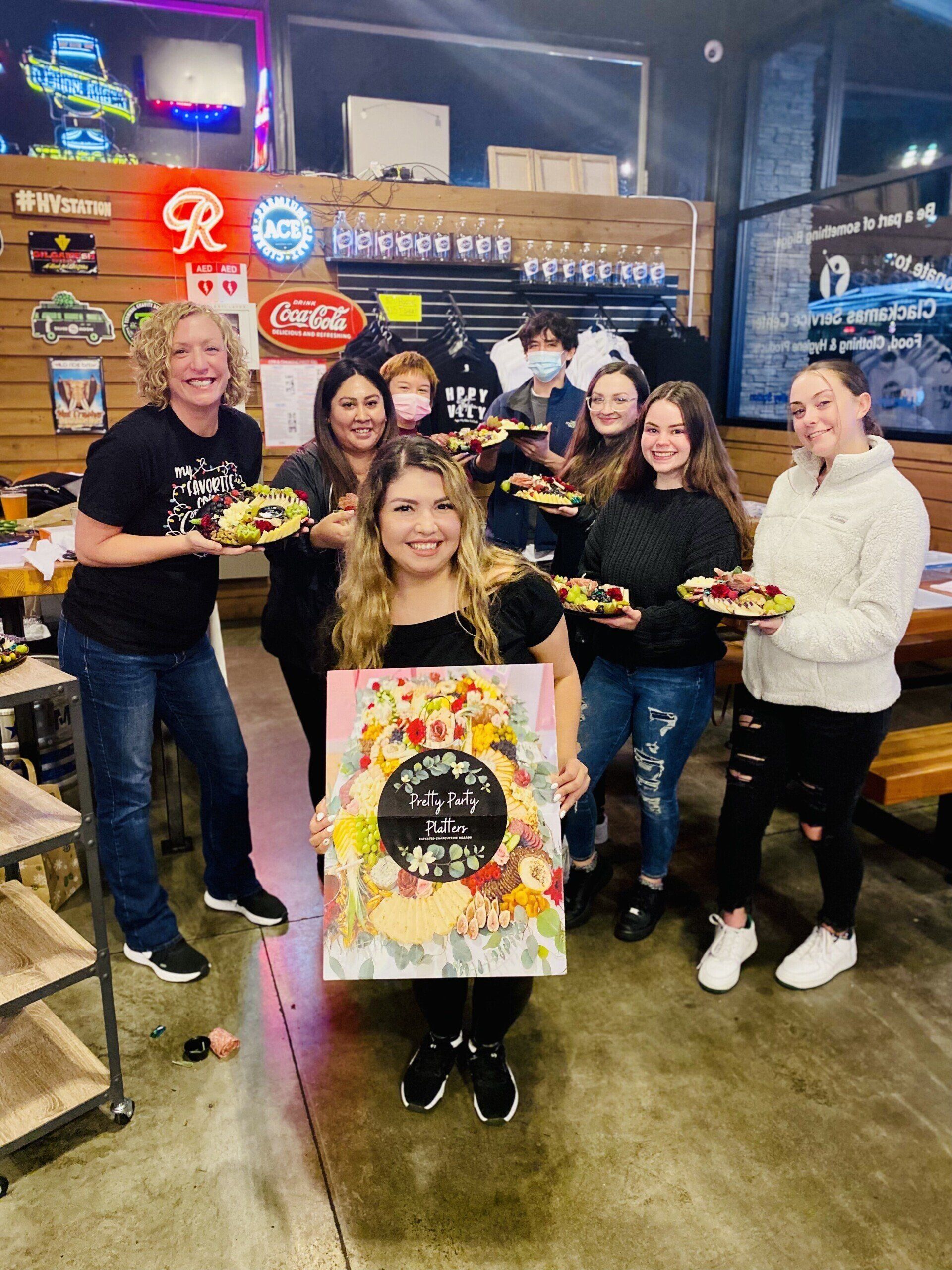The Ultimate Guide to Charcuterie Board Meats (and How to Choose Them Right)
When you’re putting together a spread and you see the term charcuterie board meats, you might think: “Ok, ham and salami?” But, no, there’s more to it. The truth: which meats you use can make or break the board. Let’s walk through what you’ll want, what works, what doesn’t, and how to pick smartly.
What We Mean by “Charcuterie Board Meats”
When I say “charcuterie board meats,” I mean the meats usually cured, smoked or prepared cold that sit alongside cheeses, fruits, nuts, bread, and crackers. Some of them are classic; some are less so. These meats provide flavour, texture, and visual interest. According to folks at Food Network, you can look out for meats like dry-cured pork (prosciutto, country ham, Iberico), bresaola (beef) in good boards.
Why So Much Attention to Meat Variety?
You might wonder: “Does it matter that much which meats I pick?” I’d say yes, and here’s why:
- Different textures matter. A silky prosciutto feels very different from a chewy salami or a firmer beef-cured slice. That contrast keeps people interested.
- Flavour dynamics. Some meats are salty, some smoky, some slightly spicy. By offering variety, you give guests choices.
- Visual appeal. Meats fold differently, have different colours, and fat marbling all contribute to how the board looks.
- Guest comfort. Using at least one familiar meat helps less adventurous eaters. Then you can include something more “interesting”.
So yes: when you pick your charcuterie board meats carefully, you’re doing more than “just putting meats on a board.” You’re creating an experience.
Key Meats to Consider (and Why They Work)
Here’s a more in-depth list of meats to include and when/why you’d choose each. You can mix 3-5 for a medium board (~8-12 guests) and scale up from there.
| Meat | Description & what it brings | Pairing / how to use on board |
|---|---|---|
| Prosciutto | Thin, dry-cured ham (often Italian). Delicate, slightly salty. Good “entry” meat. | Fold or ribbon the slices (gives height). Pair with melon, fresh mozz, or simple baguette slices. |
| Salami (dry-cured) | A staple-type cured sausage; good chew, flavour. | Place in overlapping rounds or quarters; pairs well with olives, cheddar, apple slices. |
| Spanish Chorizo (dry-cured) | Smoky, paprika-rich cured pork. Adds bold colour and flavour. | Thin rounds. Consider pairing with Manchego, almonds, dried apricots. |
| Bresaola | Air-dried beef (instead of pork). Leaner, darker red; offers contrast. | Lay flat or lightly fold; lemon zest, arugula, parmesan work well alongside. |
| Capicola / Coppa | Pork shoulder/neck, marbled, often peppery. | Folded slices; pair with fig jam or brie to offset richness. |
| Mortadella | Mild, large slices, visible fat cubes. Great for more approachable guests. | Lay quarter-folds; pair with pistachios (if present), mild cheese, crisp crackers. |
| Pâté / Rillettes | Spreadable meats rather than slices (duck, pork, etc). Adds texture difference. | Serve in small dish on board, with toast points or cornichons. |
By offering at least one meat from each “category” (thin folded ham, sausage rounds, lean red meat, mild approachable), you ensure variety.
How to Choose Quality Charcuterie Board Meats
Picking the right meats matters. Here are cues to look for practical, down-to-earth.
- Colour & fat: Meats should be pink/red, not grey or brown. Fat should be white or cream-coloured, not translucent/gummy.
- Cut & thickness: Prosciutto is very thin; some sausages are thicker. Thin slices help flavour release and texture.
- Packaging/source: If you can buy fresh from the deli or butcher, you’ll often get better flavour/texture than oversliced mass-market packs.
- Smell & feel: Should smell clean, slightly salty/cured, not overly sour. Texture should not be dry, cracked, or overly greasy.
- Storage & handling: Keep meats chilled until just before serving; take them out ~20-30 minutes ahead so flavour opens up.
- Balance cost vs flavour: Premium imported meats are great, but domestic cured meats can also hit high notes and save on the budget.
How Many Meats Should You Use & How Much?
Here’s a rule-of-thumb to guide you (will vary with crowd size and board purpose):
- For ~8-12 guests (board as appetiser): Aim for 3-4 different meats.
- For ~15-20 (larger gathering): Go for 4-5 meats, increase quantity accordingly.
- Quantity guideline: Around 2 ounces of cured meat per person (if board is appetizer).
- If the meats are rich/heavy, maybe slightly less quantity, or balance with lighter meats/other board items.
Arranging the Meats on the Board: Tips That Matter
How you place the meats is just as important for impact. Here are some practical steps:
- Use folds/rolls (e.g., prosciutto, mortadella) to add volume and height.
- Use circles/rows (for sausage rounds) so they’re easy to pick.
- Place meats in clusters spaced around the board, not all dumped in one corner. Spacing helps access and visual interest.
- Keep flavour movement in mind: maybe milder meats in one section, bolder/spicier ones in another. This gives guests choice and flow.
- Fill gaps with cheeses, fruits, nuts, and crackers. This prevents meat being the only focus and overloading guests.
Advanced Tips for Charcuterie Board Meats
- Balance lean and fatty meats: Too many rich, fatty slices can make a board feel heavy. Adding something lean like bresaola or turkey-based charcuterie balances flavour and texture.
- Mix origins and styles: A great board isn’t limited to Italian classics. Try adding Spanish chorizo, French saucisson, or locally made American cured meats for depth and variety.
- Blend premium and everyday choices: Include one standout item such as jamón ibérico or prosciutto di Parma, then pair it with more affordable yet flavourful meats like salami or coppa to keep costs reasonable.
- Think about guest preferences: Include at least one mild, approachable option such as mortadella or lightly seasoned turkey slices so everyone finds something they enjoy.
- Let the meats rest: Cold meats can taste flat. Take them out of the fridge about 20 minutes before serving so flavours and aromas can open up naturally.
- Keep the board fresh: If your spread will be sitting out for a while, refresh or replace meats occasionally. This keeps everything looking appealing and prevents slices from drying out.
Sample Meat Line-Up (For ~10-12 Guests)
Here’s a sample combination you could use based on what typical U.S. delis/shops might carry, and giving variety.
- Prosciutto (folded ribbons)
- Spanish chorizo (thin rounds)
- Capicola (visible marbling, folded)
- Bresaola (lean beef, laid flat)
- Mortadella with pistachios (folded)
This gives: a familiar base (prosciutto, salami-type via chorizo), lean contrast (bresaola), and visual interest (capicola, mortadella). Adjust quantities depending on board size & guest count.
Quick FAQ: Charcuterie Board Meats
Here are a few questions people often ask with straightforward answers.
Q: Can I use regular deli ham or turkey as part of the “charcuterie board meats”?
Yes, you can, especially if you’re doing more casual or budget-friendly. But if you’re aiming for that “special” board feel, using classic cured meats gives much more impact.
Q: How far ahead can I slice the meat?
You can slice ahead, but don’t do too much too early. Meats are best when fresh-sliced shortly before serving (texture and appearance hold better).
Q: What if some guests don’t eat pork?
Include one non-pork option (e.g., bresaola beef) and label it if necessary. That way, you still cover “charcuterie board meats” broadly without excluding people.
Q: Leftovers? Can I save them?
Yes, cover tightly and refrigerate within two hours of service. Use within 1-2 days for the best texture/flavour. If meats look or smells off, discard.
Final Thoughts
Choosing and arranging the right charcuterie board meats takes a bit more thought than “Grab some salami and ham.” But the payoff is worth it, your board looks better, tastes more interesting, and your guests notice. At the end of the day, the meats are a big part of what sets the tone. Combine variety, good quality, smart pairing and presentation, and you’ll create a board worth remembering.
